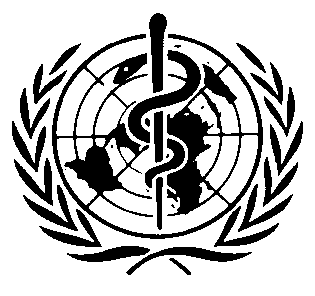International Chemical Safety Cards
| 4-CHLOROANILINE | ICSC: 0026 |




Chloroaniline, p- C6H6ClN / ClC6H4NH2 Molecular mass: 127.6  ICSC # 0026
ICSC # 0026CAS # 106-47-8 RTECS # BX0700000 UN # 2018 EC # 612-137-00-9 October 18, 2001 Peer reviewed |
| TYPES OF HAZARD/ EXPOSURE | ACUTE HAZARDS/ SYMPTOMS | PREVENTION |
FIRST AID/ FIRE FIGHTING |
| FIRE |
Combustible.
Gives off irritating or toxic fumes (or gases) in a fire.
|
NO open flames.
|
Powder, water spray, foam, carbon dioxide.
|
| EXPLOSION |
|
|
|
| EXPOSURE |
|
PREVENT DISPERSION OF DUST!
STRICT HYGIENE!
|
IN ALL CASES CONSULT A DOCTOR!
|
| •INHALATION |
Blue lips or finger nails.
Blue skin.
Confusion.
Convulsions.
Dizziness.
Headache.
Nausea.
Unconsciousness.
|
Local exhaust or breathing protection.
|
Fresh air, rest.
Refer for medical attention.
|
| •SKIN |
MAY BE ABSORBED!
(Further see Inhalation).
|
Protective gloves.
Protective clothing.
|
Remove contaminated clothes.
Rinse and then wash skin with water and soap.
Refer for medical attention.
|
| •EYES |
Redness.
Pain.
|
Safety goggles,
or eye protection in combination with breathing protection.
|
First rinse with plenty of water for several minutes (remove contact lenses if easily possible), then take to a doctor.
|
| •INGESTION |
(See Inhalation).
|
Do not eat, drink, or smoke during work.
|
Rinse mouth.
Refer for medical attention.
|
| SPILLAGE DISPOSAL | STORAGE | PACKAGING & LABELLING | ||
|
Sweep spilled substance into sealable containers; if appropriate, moisten first to prevent dusting.
Carefully collect remainder,
then remove to safe place.
(Extra personal protection: P3 filter respirator for toxic particles.)
Chemical protection suit.
Do NOT let this chemical enter the environment.
|
Separated from
strong oxidants,
food and feedstuffs
.
|
Do not transport with food and feedstuffs.
Note: E T symbol N symbol R: 45-23/24/25-43-50/53 S: 53-45-60-61 UN Hazard Class: 6.1 UN Packing Group: II |
||
| SEE IMPORTANT INFORMATION ON BACK | ||||
|
||||
